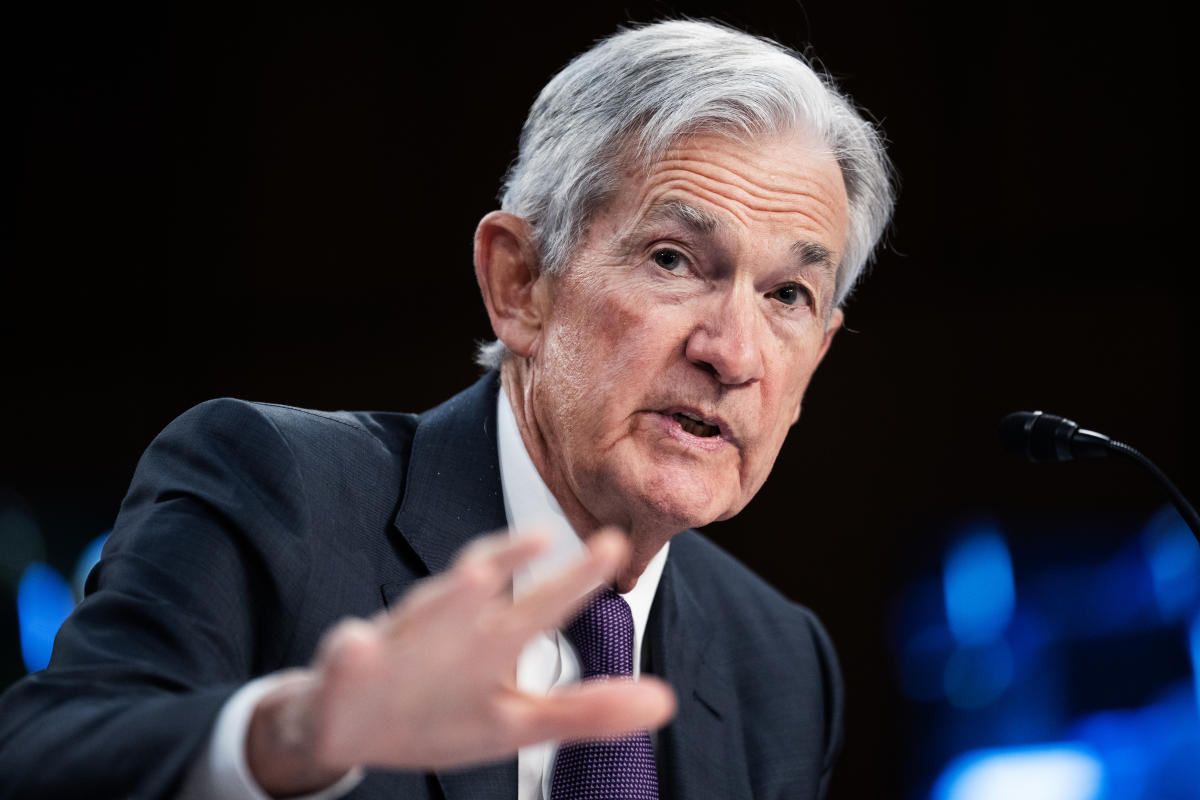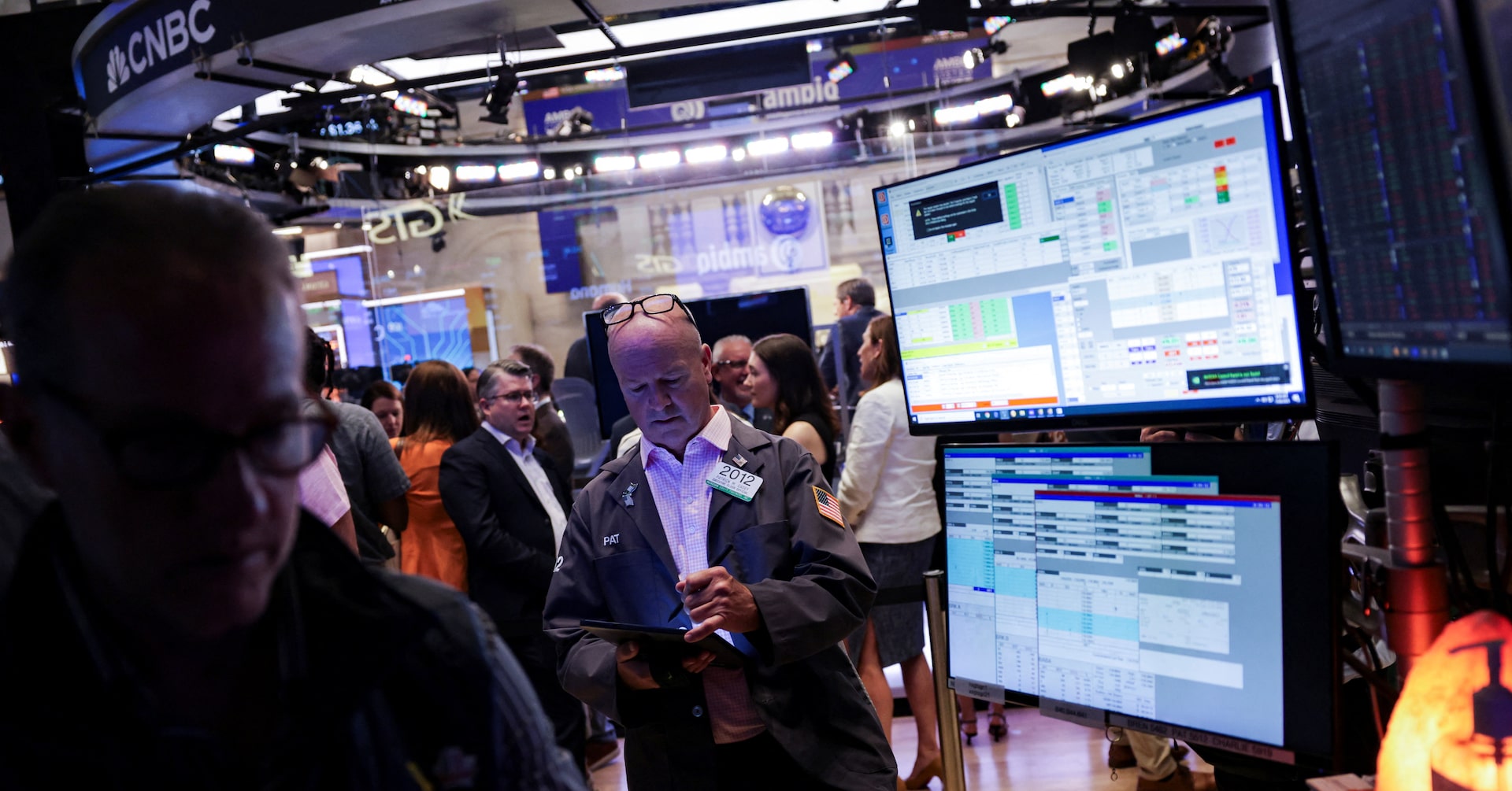January’s Consumer Price Index (CPI) will serve as the latest test of whether inflation pressures have eased as investors debate if and when the Federal Reserve will cut interest rates in 2025.
The report, set for release at 8:30 a.m. ET on Wednesday, is expected to show headline inflation of 2.9%, matching the annual gain seen in December. Consumer prices are expected to have risen 0.3% over the prior month, a slight deceleration from the 0.4% monthly increase seen in December.
On a “core” basis, which strips out the more volatile costs of food and gas, prices in January are expected to have climbed 3.1% over last year, the lowest level since April 2021. This would also mark a decline from the 3.2% seen in December, which was the first time since July that year-over-year core CPI showed a deceleration in price growth.
Read more: How does the labor market affect inflation?
Economists expect monthly core price increases to come in at 0.3%, slightly higher than the prior month’s reading of 0.2%, according to Bloomberg data.
Core inflation has remained stubbornly elevated due to higher costs for shelter and services like insurance and medical care. That trend likely held up last month, with core services expected to tick higher in January, while prices of certain core goods, like used cars, should also remain elevated.
“We anticipate an increase in core goods prices, largely due to new and used cars,” Bank of America economists Stephen Juneau and Jeseo Park wrote in a note ahead of the report.
“Outside of autos, we generally see core goods prices falling given an improving supply backdrop. However, moderate residual seasonality in the month of January poses upside risk to our core goods CPI forecast.”
The team expects rental prices to be little changed from December. It does forecast owners’ equivalent rent (OER), or the hypothetical rent a homeowner would pay for the same property, to increase slightly to 0.4% from the prior 0.3%.
Although inflation has been slowing, it has remained above the Federal Reserve’s 2% target on an annual basis.
The ascension of Donald Trump to the presidency has further muddied the outlook, with some economists arguing the US could face another inflation resurgence as Trump commits to a protectionist trade policy. That’s likely to complicate the central bank’s path forward for interest rates.
“We continue to believe that the Trump Administration’s trade, fiscal and immigration policy agenda would be mildly inflationary,” Juneau and Park wrote. “The impact of policy changes on inflation is likely to play out in the second half of 2025, although imposition of additional tariffs in the next few weeks could advance the timeline.”


